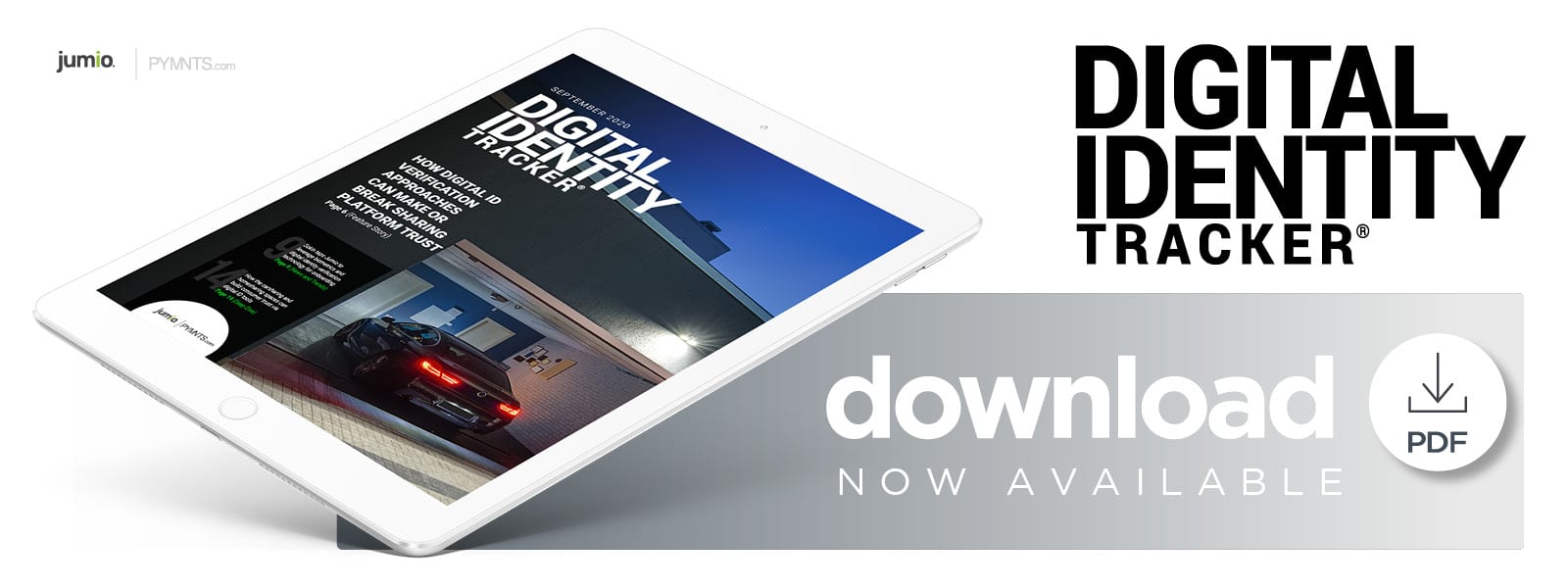Deep Dive: How Digital ID Verification Helps Build Trust in Carsharing and Housesharing Platforms

Consumers who rent an Airbnb, book a pet care provider with Rover or request an Uber need to be sure that the service providers on the other end are who they say they are and will provide what the user is paying for. Sharing economy providers and workers similarly must trust that their platforms have adequately screened new users and verified their identities. The challenges of maintaining this trust are now under pressure from the COVID-19 pandemic, however, which has seriously battered the sharing economy as ride- and homesharing businesses develop tactics to convince consumers of their security and restore the sector.
Consumers want to feel safe when using sharing economy services, believe the reviews they read and trust that they will not be bilked. Identity verification provider Jumio found in its Global Trust and Safety Survey that one in five U.S. adults using sharing services feel insecure when it comes to these services. The sharing economy — a market projected to be valued at more than $300 billion by 2025 — can adopt a number of different digital identity verification tools to help build that trust, however.
The following Deep Dive examines how digital ID verification and user authentication can foster consumer trust and why providing seamless enrollment is essential.
Seamless, Secure Onboarding
Creating a secure yet convenient experience for onboarding customers to sharing economy services is critical. More than 111 million U.S. consumers rely on some form of sharing economy system for convenience in their daily lives, according to one PYMNTS report. Sharing economy businesses looking to keep their guests safe must deter data breaches that continually threaten organizations and can allow cybercriminals to steal usernames and passwords to access accounts. Other account takeover (ATO) schemes involve bots, which can conduct some 100 hits per second. Another report cited a 31 percent rise in ATOs year over year with no sign of resolution. Gaining consumers’ trust in the sharing economy means that platforms must verify both users and providers to confirm that accounts are legitimate.
Another key to achieving trust is developing seamless onboarding processes because friction-filled experiences can cause customers to leave the platform in frustration before finalizing their accounts. The process must be quick and easy, but businesses need to carefully weigh desired consumer experiences with required regulations to keep their platforms free of any cybercriminal activity. Biometrics-based identity verification has emerged as a preferred tool to win trust while reducing friction.
Multifactor Biometrics-Based Identity Verification
There are several identity verification tactics that can be employed to successfully verify new account holders and thwart bad actors, particularly when more than one technique is combined. Two-factor authentication (2FA) relies on checking government-issued IDs against selfies, for example, and is considered one of the most reliable and trusted forms of identification. Companies can allow their users to choose between various IDs, including driver’s licenses, passports or biometric ID cards. Solutions often incorporate artificial intelligence (AI) and machine learning (ML) to verify governmental IDs and help rule out potential scams or cybercriminal exploitation. ML has the added benefit of creating models for different use cases, including blur detection and bad image quality detection. These sophisticated technologies can provide more accurate information, but combining them with human review adds even more value by enabling humans to detect patterns that machines and automation tools may entirely overlook. Humans can also train the ML algorithms by tagging IDs with either valid or fraudulent tags, creating a highly sophisticated verification system.
PYMNTS research revealed that 68.8 percent of users who presented IDs online and 67.5 percent who submitted their IDs in person reported feeling “very” or “extremely satisfied” with how they were asked to prove their identities.
Liveness detection can also help smooth onboarding and authentication processes. Facial recognition technology enables the creation of a 3D face map, for example, by simply having users upload selfies. Using 3D face maps can ensure that those involved with transactions are who they say they are and can be a tool for preliminary onboarding and authenticating any transactions that follow. Convenient and easy-to-use verification processes that allow consumers to onboard and authenticate without friction will lead to the greatest possible user conversions.

